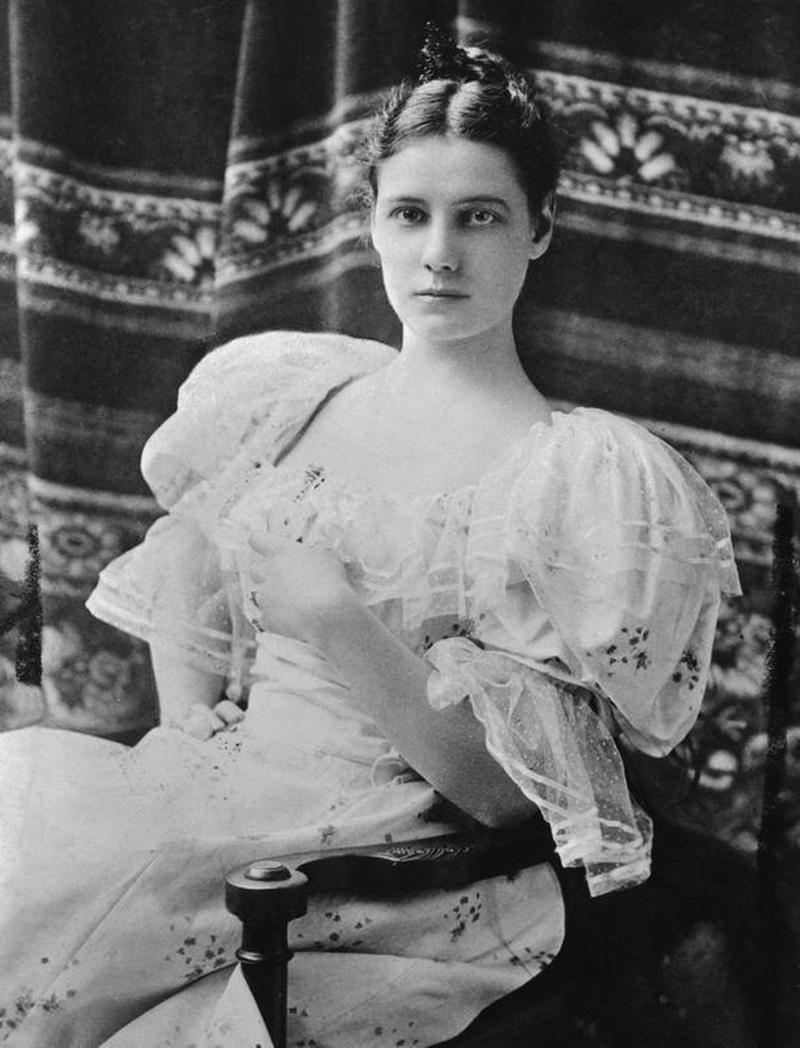Nellie Bly: Exposing A Madhouse
By | January 30, 2019

Who Was She?
Born as Elizabeth Cochran in 1864, she came from Pennsylvania. She attended teacher’s college in Indiana, however because of her family’s money problems, she was not able to finish. She helped her mother to run a boardinghouse. As she was no longer in school she began to pay attention to what was happening in the world around her. She wrote a letter to the editor of the ‘Pittsburgh Dispatch’ pointing out the newspaper’s poor representation of women. The editor was impressed with her writing and printed her letter then offered her a job. At this time, she took the pen name of Nellie Bly.

Going Undercover
Nellie Bly moved to New York City so she could work for a bigger newspaper. She wanted to write about more than just ‘woman’ things. As a woman, she had a tough time getting any of the newspaper editors to take her seriously. Finally, one of the editors from ‘New York World’ challenged her to get herself committed to an insane asylum to report on the horrific conditions. Actually getting herself committed was pretty easy. She rented a room at a female boarding house and studied women who seemed pretty insane to her. It did not take long for her to end up in court and pronounced insane. She was first sent to Bellevue Hospital then sent to Blackwell’s Island.

The Madhouse
Nellie Bly kept careful notes of what she saw and her own experiences. She reported that only sixteen doctors were there to care for nearly 1,600 patients. She criticized the judicial system that allowed a judge to pronounce someone insane without proper documentation. The women were confined to small, damp rooms that had rats. She also told about the many immigrant women who spoke no English and could not defend themselves. Most of these women were not insane at all but had no way to refute the claims. The treatment was abusive and included cold baths and solitary confinement. After Nellie Bly had been confined for a few days, she dropped the insane act and tried to get released. No one would listen to her or reevaluate her. The ‘New York World’ intervened and sent an attorney to help with her release. Two days later, part one of her story ran and Bly became a sensation!

The Results
The doctors who had deemed her insane apologized profusely. The New York City government allocated more funds to the insane asylum. A grand jury was assigned to investigate what Nellie Bly had reported on. Once her articles ran, conditions improved fairly quickly. Better sanitary living conditions, nutritious food was provided, and they brought in translators to help with the immigrants. They fired the abusive nurses and doctors. This was the beginning of a long time reform to the way the mentally ill are treated.

Nellie Bly’s Trip Around The World
While exposing the abuses at Blackwell’s Island put her journalism on the map, she went on to accomplish much more. She took a trip around the world in seventy-two days, a trip she took by herself. Her goal was to beat the fictional Phileas Fogg’s eighty-day trip written about in Jules Verne’s book, ‘The Odyssey’. She made the trip using several modes of transportation: train, steamship, horse, donkey, and even a rickshaw! She did not realize that another woman was trying the same thing, a writer from ‘Cosmopolitan’ magazine. She beat out the other woman by four days.

A Trailblazer!
Today, looking back at history, it seems hard to believe that a woman would have had all of these opportunities. Initially, newspapers hired ‘stunt girls’ to boost interest and sales. The editors were not expecting Nellie Bly to end up on the front page as often as she did and probably did not like it so much. Nellie Bly had many journalistic successes. She reported from the front lines of World War I and wrote about the suffrage movement. When she was thirty-one, she married a seventy-three-year-old millionaire, Robert Seaman. He ran the Iron Clad Manufacturing Company. When he died nine years after they married, she left journalism and took over the company. At the time, she was the only woman to have such a position in a large company. Elizabeth Jane Cochran Seaman died of pneumonia in 1922. She will always be remembered as Nellie Bly, who, according to the ‘New York Evening Journal’ was the best reporter in America!

